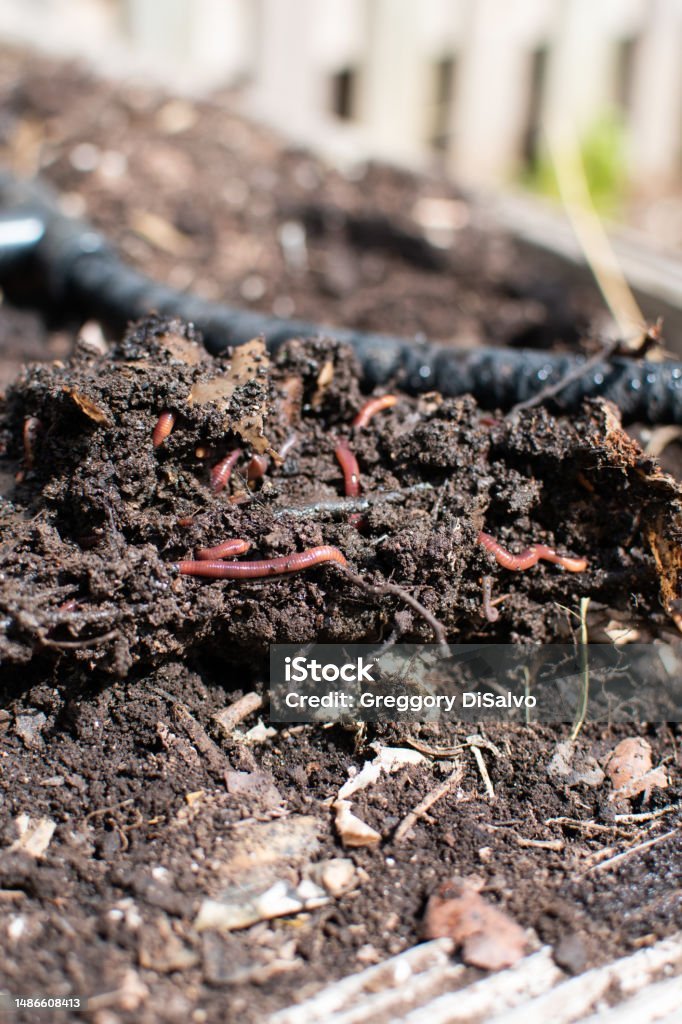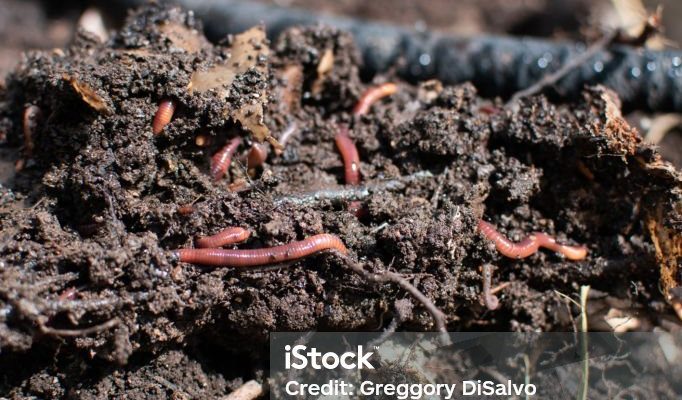
Introducing earthworms to your garden can be a fantastic way to boost soil health and improve your plants’ growth. But, just like throwing a party, you want to make sure the conditions are just right before the guests arrive. Let’s dig deeper into whether it’s a good idea to introduce earthworms to new garden beds, what factors to consider, and how to do it effectively.
Why Earthworms Are Beneficial
Earthworms play a crucial role in maintaining healthy soil. They help with things like aeration, drainage, and nutrient cycling. Imagine your garden soil as a sponge. Earthworms help make that sponge more effective by creating tiny tunnels as they burrow, allowing air and water to flow freely. This means your plants can grow strong and healthy roots that are less prone to diseases.
In addition to aeration, earthworms consume organic matter, such as decomposing leaves or kitchen scraps. As they munch on this material, they break it down into smaller bits, making it easier for soil microbes to do their thing. The result? Nutrient-rich castings—essentially worm poop—that serve as a natural fertilizer for your plants.
Plus, having earthworms in your garden bed can improve soil structure. Healthy soil has a crumbly texture, which helps plants access moisture and nutrients better. So, yes, adding earthworms can be a win-win for your garden!
Choosing the Right Type of Earthworm
Not all earthworms are created equal when it comes to gardening. There are several types of earthworms, but the two main groups you might consider are *epigeic* and *endogeic* worms.
– **Epigeic worms** live near the surface and are great for composting. They thrive in organic matter and are perfect for garden beds rich in mulch or compost.
– **Endogeic worms** burrow deeper into the soil, helping to aerate and mix nutrients within the soil layers. They’re beneficial for well-established garden beds.
You might be wondering which type to introduce. If your new garden bed is just starting out and has plenty of organic materials, **epigeic worms** could be your best bet. If you’re working with a more established bed, consider adding some **endogeic worms** to help with deeper soil aeration.
When to Introduce Earthworms
Timing is everything when it comes to introducing earthworms. The best time to add them to your new garden bed is in the early spring or fall when temperatures are mild. If it’s too hot or too cold, the earthworms might struggle to adapt to their new environment.
Before adding worms, make sure your garden bed is ready. This means it should be well-prepared with plenty of organic material. Think of it like preparing a comfortable bed for a guest—cleaning up and providing a cozy environment goes a long way!
Another factor to consider is moisture. Earthworms need a damp environment to thrive, so don’t let your garden bed dry out completely. If your soil feels crumbly, it might be too dry for them. Maintaining the right moisture level will help the worms settle in and start doing their work.
How to Introduce Earthworms to Your Garden Bed
Once you’ve chosen the right type of earthworm and figured out the perfect time, it’s time to introduce them!
1. **Prepare the Soil**: Make sure your garden bed is rich in organic material. You can mix in compost, well-rotted manure, or even shredded leaves to create a welcoming habitat.
2. **Add the Worms**: Gently sprinkle your earthworms over the surface of the garden bed. Try not to bury them; they’ll naturally wiggle down into the soil. Giving them a little nudge helps, but be careful not to handle them too much.
3. **Water Lightly**: After introducing the worms, give the soil a light watering. It shouldn’t be muddy—just moist enough to help the worms settle in.
4. **Monitor Conditions**: Keep an eye on your garden bed. If you notice the soil drying out, add some water. Remember, happy worms make for happy plants!
Common Concerns When Introducing Earthworms
Honestly, introducing earthworms isn’t without its concerns. Some gardeners worry about invasive species or the compatibility of certain worms with local ecosystems. Here’s the thing: it’s best to use native earthworms or commercially sold species that are known to be non-invasive.
Another common concern is overpopulation. If you introduce too many worms at once, they might compete for food, leading to some unhappy worms. It’s usually best to start with a smaller number and let them reproduce naturally if conditions are right.
If you’re curious or hesitant, consider conducting a little research or even talking to local gardening clubs. They can provide insight on what’s worked in your area and help ease any worries.
Alternatives to Introducing Earthworms
If you’re not quite ready to introduce earthworms to your new garden bed, there are some alternatives to consider.
– **Vermicomposting**: This method uses worms to create compost in a controlled bin. You can add the finished compost to your garden later, introducing beneficial nutrients without directly adding worms to the soil.
– **Plant Companion Gardens**: You can grow certain plants that help attract beneficial bugs and microbes—natural helpers in nutrient cycling. For instance, plants like clover can improve soil health and support local ecosystems.
– **Natural Amendments**: Adding compost, mulch, or organic fertilizers can enrich the soil without having to rely on earthworms directly. These methods can help you build healthy soil in a different way.
Introducing earthworms to new garden beds can be a beneficial move for enhancing soil health and boosting plant growth. By choosing the right type of worm, timing your introduction, and preparing the soil properly, you can create a thriving environment for these little workers.
So go ahead—get your hands a little dirty, and consider welcoming these helpful creatures into your garden. They may be small, but their positive impact on your plants can be enormous! Happy gardening!

